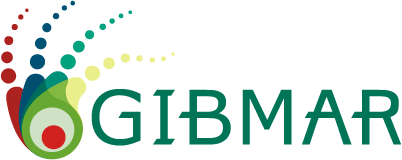CONICYT- FONDECYT REGULAR 1170515. (2017-2019) Towards bioprocess development from marine toxic microalgae.
In this project, we intend to apply Bioprocess Engineering techniques to toxic microalgae of interest in Chile in order to contribute to the characterization of the bioactive profile and the commercial development of these metabolites of interest. We intend to establish the required know-how for the production of brevetoxin (and bioactives thereof) from Heterosigma akashiwo and saxitoxin (and bioactives thereof) from Alexandrium catenella from intensive agitated cultures. For that purpose, we pretend to combine the experience of the UAL group, of which the project director of this proposal –currently Professor at the Department of Chemical Engineering in The University of Concepción- was a former member, with the experience in identification, characterization of biotoxins and bioactive substances, screening of productive strains, ecology, projects with conventional microalgae attained by the Unit of Marine Biotechnology (University of Concepción) and the Interdisciplinary Group of Marine Biotechnology (Center of Biotechnology, University of Concepción). The UAL’s group has successfully cultured different strains of dinoflagellates at laboratory and semi-pilot scale for the production of bioproducts of interest, such as yessotoxins and karlotoxins. All that has made them possible to formulate a general strategy to tackle the development of intensive cultures of toxic microalgae of commercial interest. However, since several species were proven unsuitable for intensive culture (e.g. P. belizeanum, O. ovata), it was also concluded that the heterogeneity of these species requires a previous strain screening, intensive research work and ad hoc culture solutions. Based on the previous experience, we consider feasible the culture of selected strains of the species included in this project in external photobioreactors of several tens of litres (preliminary assays were conducted on the species). The study of the synergistic use of antioxidants and shear-protectants with the development of a protocol to simulate heterogenic turbulent systems are considered key aspects of this proposal. The resulting know-how of this project will be very relevant, not only for the advances in culture protocols for improving toxin productivity, but also, indirectly, for the monitoring and control of HABs of microalgae. Characterization of bioactives will be carried out employing cellular and animal models. Furthermore, it will be tackled the study of the synergistic effect of bioactives that usually appear together in natural samples. On the other hand, as an important by-product, the toxic material produced may be transferred to other research groups to allow thorough studies of chemical, toxicological or pharmaceutical nature.






